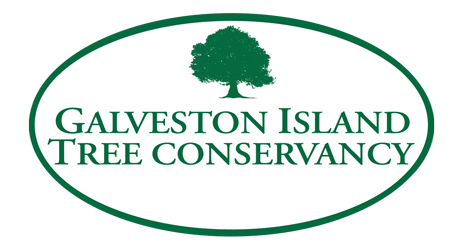Unappreciated Elderberry
Tree Stories: The Unappreciated Elderberry
While walking the dogs one recent morning I saw an unexpected sight: a small tree in my neighbor’s yard with massive white bloom clusters. Upon inspection I recognized a rangy native shrub that can grow tall enough to be considered a small tree, the common elderberry (Sambucus canadensis).This relative of honeysuckle is often found in untended alleys and along fence lines in Galveston. While often unloved, it deserves attention. Why, you may ask?
Elderberry is a common native that often shows up in damp soils near streams and helps control erosion. However, it also flourishes here in our often-dry conditions. Multiple stems spread underground to form large, dense colonies when allowed to, and can grow to over 15 feet in height. They feature large bright green leaves and showy white flowers in spring and summer that can be up to 10 inches across. This hardy plant takes sun to shade, is heat tolerant, adapts to a variety of soils, and produces an edible purple or black berry.
The elderberry has deep roots in human history. In the middle ages it was considered a holy tree, capable of keeping and restoring good health and aiding longevity. Many folk medicine traditions use all parts of the plant. The fruit is -full of antioxidants, Vitamin C, and potassium. Berries make a tasty pie or cobbler alone or in combination with other fruit. And don’t forget elderberry wine. (Note: only blue or purple berries are edible, as unripe berries and the plant’s leaves, twigs, stems and roots contain traces of cyanide.) The wood and fruit have been used to create dyes for basketry. Branches can make arrow shafts, and hollowed-out stems can become flutes, whistles, and blow guns.
Elderberry is a fabulous habitat plant. Bees and butterflies love the delicate white flowers and berries feed over 45 bird species. The plant also provides food, cover, and nesting sites for other wildlife.
The plants are available online and from your neighbor’s yard or alley, but not local nurseries. They can be grown from seeds or cuttings or by digging established plants. Canes appear annually and may flower and fruit after only 2-3 years, so let the plants run wild the first year or two. However they do tend to spread by creeping rootstalks and can become invasive. Canes usually don’t need pruning until after the second year, when the wood becomes weak and less vigorous.
Elderberries are mostly known as wildlife plants, but can fit nicely in a natural garden setting as well and can create a tall hedge or windscreen. There are native “wild” elderberry plants, new varieties with improved fruit flavor, and varieties have been developed for their ornamental value alone.
Whether you want elderberry plants for the unique fruit that they produce or for your landscape and wildlife habitat, it can be a good choice if you have a spot for it. If you find some in a neglected corner of your yard, let it be and the birds and other critters will thank you.
“Tree Stories” is an ongoing series of articles about Island trees, tree care, and tree issues. If you have or know of a special tree on Galveston Island that should be highlighted, please email treesforgalveston@gmail.com. Margaret Canavan is a Galveston resident, a Galveston County Master Gardener, and a member of the Galveston Island Tree Conservancy Board.
Hurricane Ike caused the loss of 40,000 trees on Galveston Island. The Galveston Island Tree Conservancy was formed to address that loss and has replaced over 14,000 through grant-funded plantings and giveaways.




